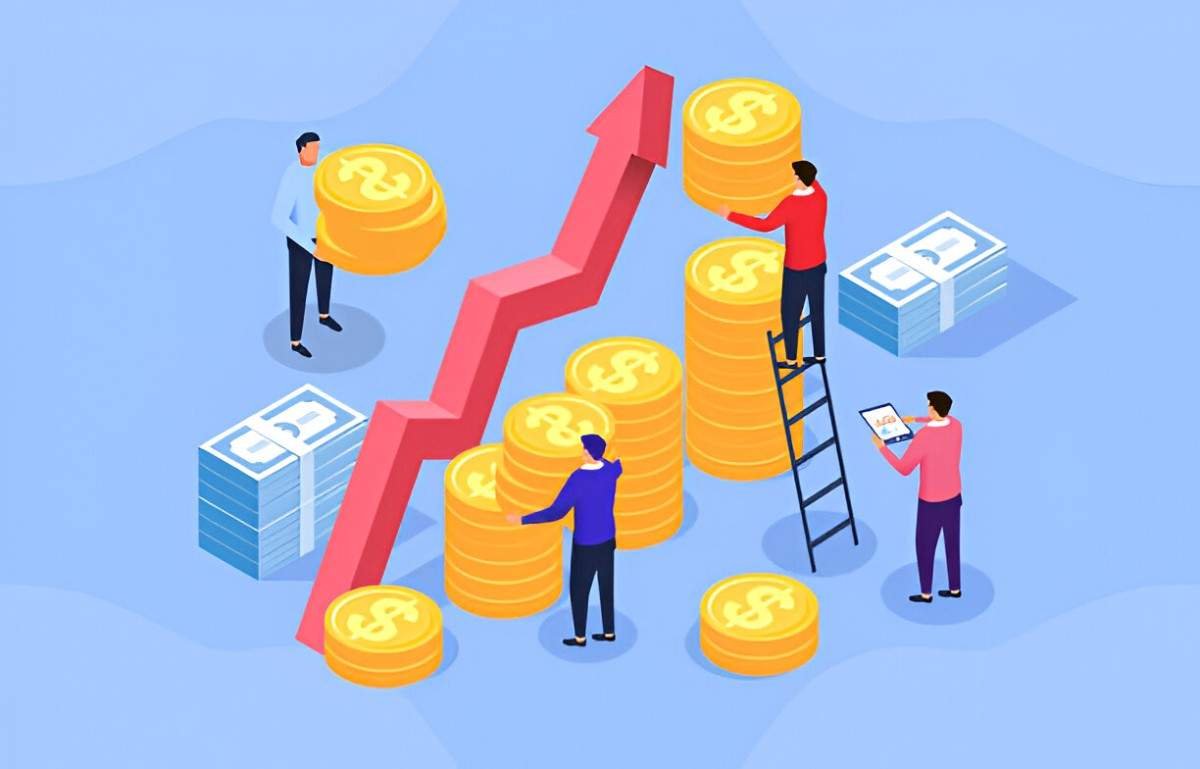Introduction
I often see businesses struggle with overinvestment—a scenario where they allocate more capital than necessary into projects, assets, or expansions. While investment fuels growth, excessive spending can drain resources, reduce efficiency, and even lead to financial distress. In this article, I break down the causes, effects, and strategies to mitigate overinvestment, using real-world examples, mathematical models, and actionable insights.
Table of Contents
What Is Overinvestment?
Overinvestment occurs when a firm allocates more funds into projects or assets than what is economically justified. This misallocation leads to diminishing returns, wasted capital, and potential financial instability.
The Basic Economics of Overinvestment
From an economic standpoint, optimal investment occurs when the marginal return equals the marginal cost. If a firm invests beyond this equilibrium, it enters the overinvestment zone. Mathematically, this can be expressed as:
MR = MCWhere:
- MR = Marginal Return
- MC = Marginal Cost
When MR < MC, the firm is overinvesting.
Causes of Overinvestment
1. Agency Problems
Managers may overinvest to expand their control, even if it harms shareholders. This is known as the empire-building hypothesis.
2. Overoptimism and Forecasting Errors
Executives sometimes overestimate future cash flows, leading to excessive capital expenditures. For example, a company might project a 15% annual growth rate but achieve only 5%, resulting in idle capacity.
3. Easy Access to Capital
Low interest rates or lenient lending standards encourage firms to borrow beyond sustainable levels. The 2008 financial crisis showcased how cheap credit led to overinvestment in real estate.
4. Competitive Pressures
Firms may overinvest to outpace rivals, even if the returns don’t justify the spending. The telecom bubble of the early 2000s saw companies laying excessive fiber-optic cables, many of which remained unused.
5. Government Subsidies and Tax Breaks
Policies incentivizing certain industries (e.g., renewable energy) can lead to overcapacity. Solar panel manufacturers in the 2010s expanded aggressively, only to face price crashes later.
Effects of Overinvestment
1. Reduced Profitability
Excess capital tied up in unproductive assets lowers return on investment (ROI).
ROI = \frac{Net\ Profit}{Total\ Investment} \times 100If the denominator (Total Investment) grows without a proportional increase in Net Profit, ROI declines.
2. Increased Financial Risk
Overinvestment often leads to higher debt burdens. A firm with a debt-to-equity ratio exceeding industry norms faces solvency risks.
Debt-to-Equity\ Ratio = \frac{Total\ Debt}{Total\ Equity}3. Asset Impairment and Write-Downs
When overinvested assets underperform, firms must recognize losses. For example, General Electric (GE) wrote down $23 billion in 2018 due to overinvestment in its power division.
4. Opportunity Cost
Capital locked in unproductive ventures could have been deployed elsewhere. A company investing heavily in an outdated technology misses out on innovation.
Real-World Examples
Case 1: The Dot-Com Bubble (1997–2001)
Many tech firms overinvested in internet infrastructure, assuming endless growth. When demand didn’t materialize, companies like Webvan and Pets.com collapsed.
Case 2: Shale Oil Boom (2010–2014)
Fracking companies borrowed heavily to drill more wells, leading to a supply glut. Oil prices crashed, pushing many firms into bankruptcy.
Strategies to Prevent Overinvestment
1. Implement Rigorous Capital Budgeting
Use tools like Net Present Value (NPV) and Internal Rate of Return (IRR) to assess projects.
NPV = \sum \frac{CF_t}{(1 + r)^t} - Initial\ InvestmentOnly proceed if NPV > 0.
2. Adopt a Decentralized Investment Approach
Let business units justify their capital requests rather than relying on top-down mandates.
3. Introduce Performance-Linked Incentives
Tie executive bonuses to ROI rather than revenue growth alone.
4. Stress-Test Assumptions
Run pessimistic and optimistic scenarios before committing funds.
5. Monitor Industry Trends
Avoid herd mentality. Just because competitors are expanding doesn’t mean you should.
Comparison: Optimal vs. Overinvestment
| Factor | Optimal Investment | Overinvestment |
|---|---|---|
| ROI | High (>15%) | Low (<5%) |
| Debt Levels | Sustainable | Excessive |
| Asset Utilization | High | Low |
| Management Focus | Profitability | Expansion at all costs |
Conclusion
Overinvestment is a silent killer of profitability. By understanding its causes and effects, I can make better capital allocation decisions. Whether through disciplined budgeting, incentive alignment, or scenario analysis, firms can avoid the pitfalls of excessive spending. The key is balance—investing enough to grow but not so much that efficiency suffers.





